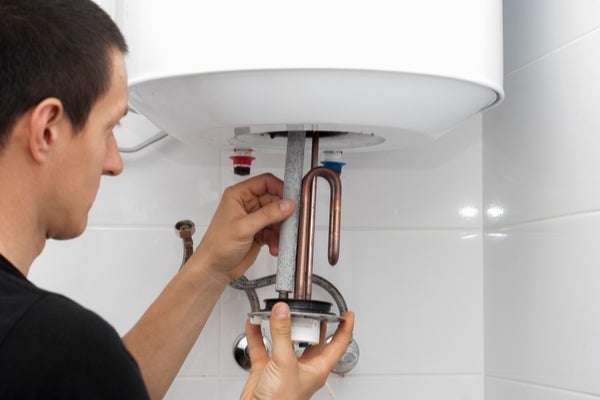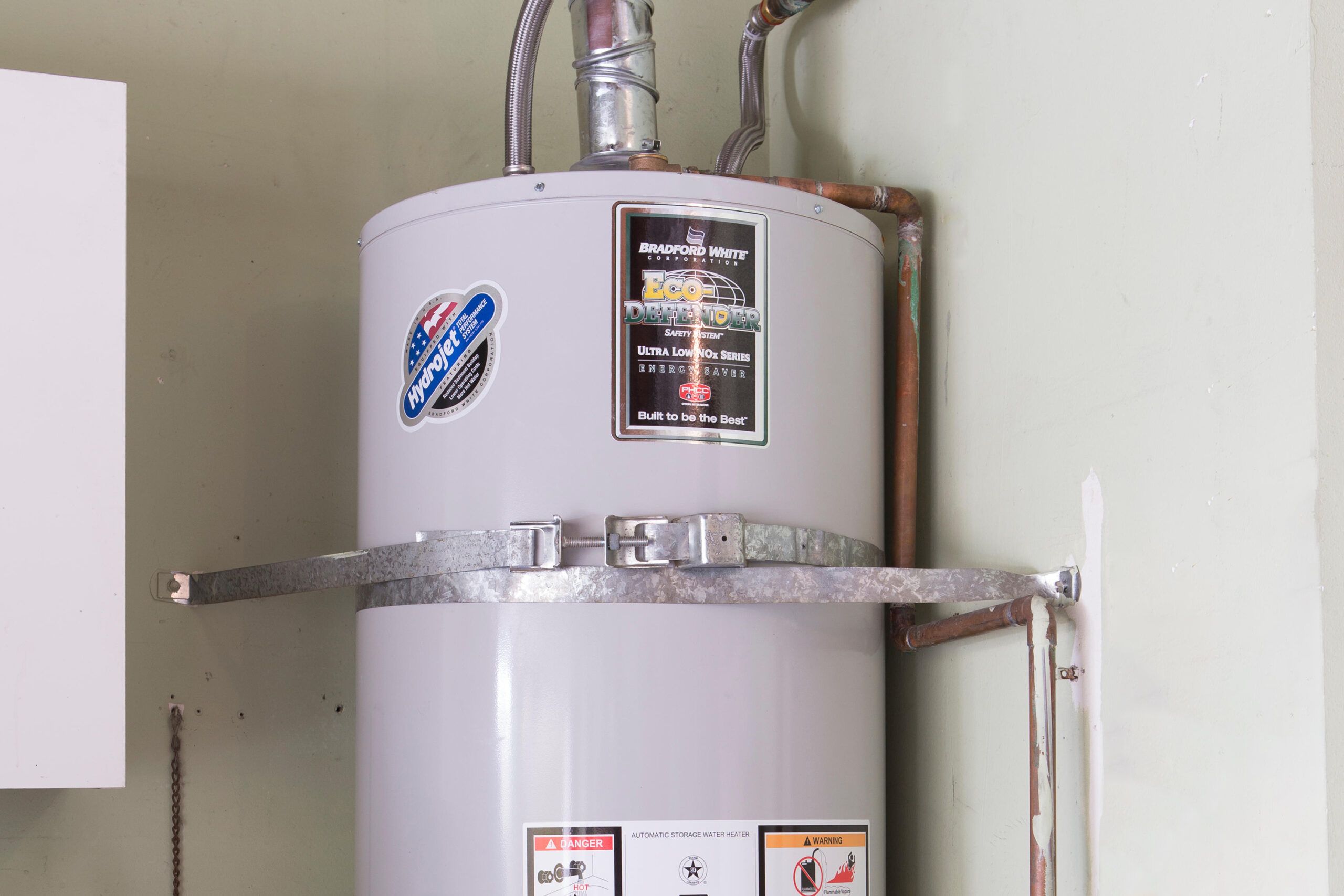Replacing major systems like a water heater can be expensive. Luckily, if you regularly drain your water heater to remove sediment, it may add years to the system’s longevity and prevent you from having to fix a broken water heater. Here are some simple steps for how to flush a water heater.
You never realize how much you rely on your hot water heater until it breaks down. A broken hot water heater means no hot showers, no washing dishes, no laundry—and it can also mean shelling out several hundred dollars if you don’t have a home warranty that includes coverage for water heaters.
What Are the Benefits of Draining or Flushing a Hot Water Heater?
It should come as no surprise to you that a lot of water travels through your water heater—and that water is full of minerals that can build up in the tank in the form of sediment. Sediment creates hot spots inside the heater that can shorten its life by damaging the tank. If you have an electric heater, sediment in the hot water heater can accumulate on the heating element, causing it to fail and necessitating an expensive repair.
Are you hearing popping, banging, or rumbling noises from your water heater? That’s the sound of water percolating through the sediment inside the tank. If you’re hearing banging or rumbling noises, you probably need to clean the water heater, especially if you haven’t done so in more than a year.
Draining your water heater regularly can help boost the efficiency of the appliance and save it from unnecessary wear and tear. It will also save you money, because you’ll get more use out of it before it needs replaced. The more often you drain or flush your hot water heater, the less sediment you’ll have to deal with, and the less likely it will be for it to clog up your water heater’s drain.
How to Flush a Water Heater
Draining your water heater is a simple maintenance procedure that you should be able to do on your own. Here’s how to drain your water heater, step by step:
1. Turn off the thermostat.
Whether it’s gas or electric, your water heater should have a thermostat knob, usually near the bottom. Turn off the thermostat. If you have a gas appliance, this will turn off the pilot light, which you’ll need to relight after flushing the tank.
2. Turn off gas or breaker.
If you’re draining a gas water heater, turn off the gas. If you’re draining an electric water heater, go to the fuse box and turn off the breaker that controls the hot water heater. Then turn off the cold water supply to the water heater.
3. Open hot water tap in home.
Open a hot water tap in your home. Keep it open until you’re done flushing the water heater tank. This will keep a vacuum from forming so you can perform the maintenance more easily.



